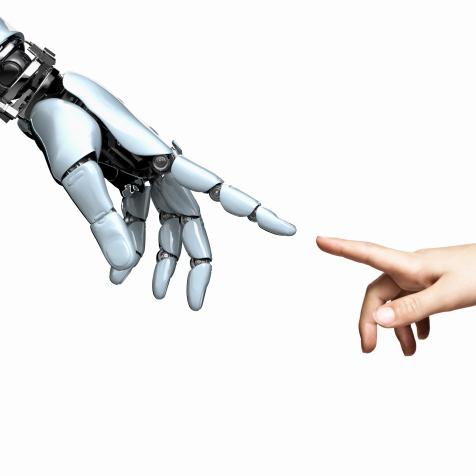
JodiJacobson
The Precious Role for Gold in Science
Gold is a precious metal. It is so valuable and used by all different industries that make it worth way more than its weight in well, gold.
Gold has been prized since prehistoric times for its appearance and has become a universal symbol of wealth and prosperity. This precious yellow metal retains its value no matter the rise or fall of the financial markets. But it's worth stretches far beyond intricate jewelry into everyday electronics, computing, space exploration, and healthcare, making it a priceless commodity for advancing science.
How Gold Got to Earth
That we can mine for gold at all is due to meteorites bombarding the early Earth, just 200 million years after it first formed. Precious metals from around 22 billion tons of asteroidal rock were embedded in the planet's mantle and today many of our vital industries rely on their extraction.
There’s Gold in Them Thar... Asteroids?
Gold had to come to Earth from somewhere, right? So why not outer space?
Gold is Great
Gold has special properties because it is both malleable and ductile. It can be hammered into thin sheets, molded into different shapes, or drawn into thin wires without breaking. In electronics and computing, it is used to coat pins and connectors because it conducts electricity well and protects components from heat, corrosion, and wear.
Contacts and pins in printed circuit boards, central processors, and RAM chips use gold to run everything from large data center super computers to smartphones. Don't get too excited about mining it though, because an average PC contains less than one-hundredth of an ounce (worth around $12) and extracting it requires dissolving components in acid and toxic chemicals.
Core avionics systems in planes, satellites, and spacecraft–including engine, communications, control and display systems–contain gold. Aerospace as a whole could not function without it. Astronaut helmets and the mylar sheets used to protect satellites have a layer of gold to reflect heat and harmful solar radiation.
In the near absolute zero cold and searing heat fluctuations of space, gold is an invaluable insulator and reflector. Another example of its importance in space exploration is the Mars Orbiter Laser Altimeter, which used a special gold-coated telescope mirror to map the planet, creating precise topographical images of its terrain.
Less stellar but just as important is this element's role in glassmaking. Decorative glass crafting dates back to the Roman and Hellenistic Greek civilizations, but in modern architectural glazing a thin layer of gold film in windows reflects infrared light, keeping buildings cooler in summer and warmer in winter.
Small Amounts, Big Impacts

Lance Staedler
Thankfully, even though gold is a rare commodity compared to other metals, in microscopic quantities it can improve our lives immeasurably. Nanoparticles measuring billionths of a meter are used as tiny detectors to develop the most sensitive chemical tests.
One team in Quebec has devised an artificial tongue using gold nanoparticles that changes color depending on the quality of maple syrup. Their device works to identify subtle flavor notes in the syrup as it is being produced, quickly sifting out high quality product from less valuable stock syrups.
That sensitivity is also being harnessed in modern medicine to test for diseases like diabetes or cancer. Nanoparticle sensors incorporated into a wrist-watch sized wearable device could detect disease biomarkers in the blood, using a simple pulse of light, without the need for expensive laboratory equipment.
Sensors created at the Australian National University could eliminate the need for blood tests and other invasive procedures, by simply detecting tiny concentrations of gases called metabolites that are emitted through our skin and breath. The technology could even one day be fitted to tiny spacecraft or microsatellites to detect life on other planets.
Efficiencies
Yet another material innovation could potentially replace gold in many industrial processes with a lightweight alternative. Gold aerogel film developed in Switzerland is a thousand times lighter than conventional gold alloys. Used in catalysis it could make chemical reactions more efficient. In any application that uses gold's light reflective or absorption qualities, from glazing to aerospace, it can provide a cheaper, lighter option.
Aerogel gold's unique properties might also produce a new generation of pressure sensors. At normal atmospheric pressure the individual gold particles do not touch or conduct electricity, but when the material is compressed it becomes conductive, making it viable for use in everything from industrial packaging in factories to vacuum pressure sensors on spacecraft.
Gold's uses in many different industries continue to increase its value beyond a bling display of wealth. And though its scarcity is an issue in the short term, innovations in the way we mine it and use it will fuel technological breakthroughs for the foreseeable future.



















